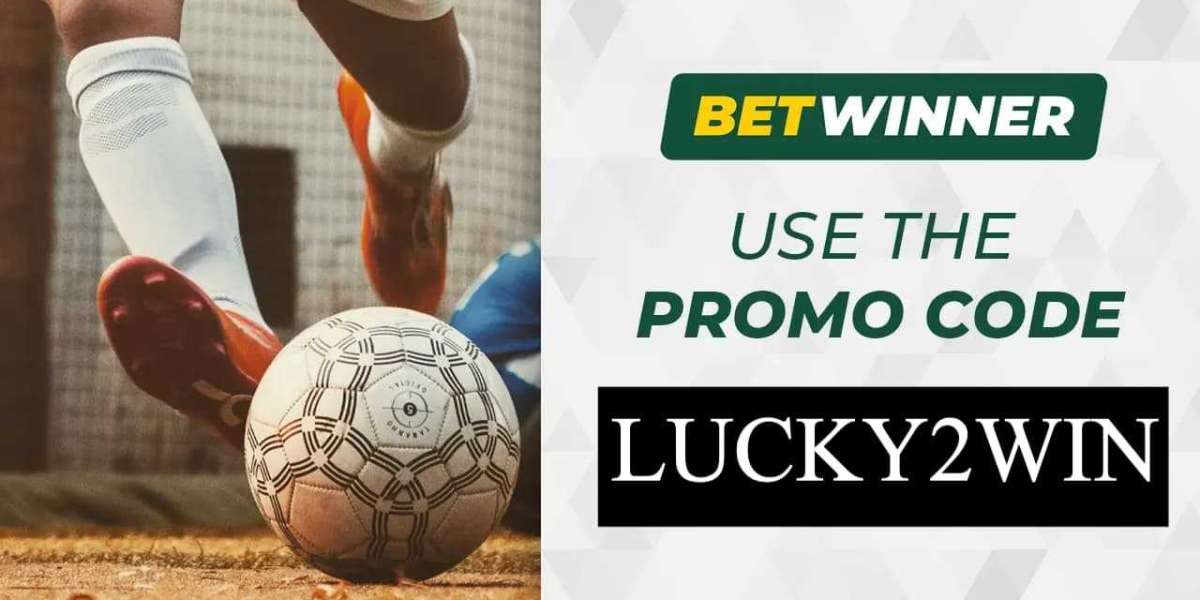In the world of sports, netting plays a vital role across a wide range of disciplines—from soccer goals and tennis court dividers to protective netting in baseball stadiums and golf ranges. While the function of these nets is clear—containing balls, separating spaces, or providing safety—the material they are made from is equally important. The performance, longevity, and safety of any sports net heavily depend on the materials used in its construction.
This article explores the different types of sport net materials, their characteristics, and how to choose the right one based on your specific needs.
Why Material Matters in Sports Nets
The material of a sports net determines its durability, resistance to environmental conditions, strength under impact, and even its visibility or aesthetic appeal. A net that’s perfect for an indoor volleyball court might not hold up in an outdoor soccer field exposed to UV rays and rain. Similarly, a net designed to stop lightweight tennis balls won’t be suitable for catching golf balls traveling at over 100 mph.
Choosing the right material is not just a matter of budget—it’s a matter of performance, safety, and long-term reliability.
Common Materials Used in Sport Nets
Let’s take a closer look at the most widely used materials for sports nets, their properties, and their best-use scenarios.
1. Polyethylene (PE)
Polyethylene is one of the most commonly used materials in sports netting, especially for outdoor applications.
Key Features:
Excellent resistance to UV rays and weather
High durability in harsh outdoor conditions
Lightweight and cost-effective
Water-resistant (does not absorb moisture)
Best For:
Soccer goal nets
Baseball batting cage nets
Golf driving range nets
General-purpose barrier netting
Polyethylene nets are ideal for outdoor use because they resist sunlight, rain, and mildew. They’re also easy to maintain and come in a range of sizes and thicknesses for different levels of impact protection.
2. Nylon
Nylon is a highly durable and flexible synthetic fiber known for its strength and abrasion resistance.
Key Features:
High tensile strength
Excellent elasticity
Good resistance to abrasion
Absorbs moisture, making it less ideal for long-term outdoor use without treatment
Best For:
Indoor sports nets (volleyball, basketball)
Baseball backstop nets
Tennis nets
Hockey goal nets
Nylon nets are perfect for indoor settings where environmental exposure is limited. They are strong enough to handle repeated impact, making them a preferred choice in professional and competitive sports.
For outdoor use, nylon nets can be UV-treated and coated to resist moisture and sun damage, but this adds to the cost and requires ongoing maintenance.
3. Polypropylene (PP)
Polypropylene is a lightweight plastic polymer that’s often used in sports netting, particularly for temporary or lightweight applications.
Key Features:
Lightweight and inexpensive
Water-resistant
Moderate resistance to UV degradation
Not as strong as nylon or polyethylene
Best For:
Temporary sports events
Training barriers
Recreational or youth sports nets
While polypropylene nets are not as strong or durable as nylon or PE, they are sufficient for light-duty applications and are often chosen for their affordability. If used outdoors, UV stabilization is essential to prevent the material from degrading quickly.
4. Kevlar
Kevlar is an advanced synthetic fiber known for its use in bulletproof vests—and in sports, it's prized for its unmatched strength-to-weight ratio.
Key Features:
Extremely high tensile strength
Lightweight
Resistant to abrasion and cutting
More expensive than other materials
Best For:
High-impact sports (cricket, baseball, hockey)
Professional arenas and safety netting
Extreme weather environments
Kevlar nets are overkill for most recreational sports, but in professional settings where safety is critical—like baseball backstops or cricket boundary nets—Kevlar offers peace of mind and long-term performance.
5. High-Density Polyethylene (HDPE)
A step up from regular PE, HDPE offers enhanced strength and rigidity.
Key Features:
Higher strength than standard PE
Superior UV resistance
Low stretch factor
Long life span
Best For:
Golf ball containment nets
Long-term outdoor installations
Permanent barrier nets
HDPE is especially common in golf driving ranges and sports complexes, where nets are subjected to constant outdoor exposure and high-speed impacts.
Other Considerations When Choosing Sport Net Materials
Material is only part of the equation. To make the right decision, you should also consider these important factors:
1. Mesh Size
The size of the net openings (or mesh) must match the type of sport. A soccer net, for example, can have larger holes because soccer balls are large. However, a net for baseball or golf must have a tighter mesh to stop smaller, high-speed projectiles.
Large mesh (3”–5”) — Soccer, basketball
Medium mesh (1”–2”) — Baseball, softball
Fine mesh (0.25”–1”) — Golf, lacrosse, cricket
2. Twine Thickness (Gauge)
The thickness of the twine affects how much impact the net can withstand. Thicker twine lasts longer and absorbs more force, making it suitable for heavy use or professional applications.
#18 gauge – Light use (practice nets)
#36 gauge – Medium-duty (recreational fields)
#60+ gauge – Heavy-duty (professional stadiums)
3. UV and Weather Resistance
For outdoor applications, it’s crucial to select materials that are UV stabilized and resistant to weather elements. Untreated materials can weaken quickly, become brittle, or grow mildew.
Look for UV inhibitors in nylon and polypropylene.
Opt for HDPE or treated PE for maximum outdoor performance.
4. Coatings and Treatments
Nets may come with special coatings to improve longevity:
PVC or resin coatings to reduce water absorption
UV treatments to prevent sun damage
Color coatings for better visibility or aesthetics
These features are especially useful for facilities that want long-lasting, low-maintenance netting systems.
Conclusion: Matching Material to Sport and Setting
There is no one-size-fits-all solution when it comes to sport net materials. The best material for your netting system depends on the type of sport, location (indoor vs. outdoor), frequency of use, and budget.
Here’s a quick summary:
| Material | Best Use | Indoor/Outdoor | Cost | Durability |
|---|---|---|---|---|
| Polyethylene | Outdoor goals, golf ranges | Outdoor | $ | High |
| Nylon | Indoor courts, baseball backstops | Indoor (outdoor with treatment) | $$ | Very High |
| Polypropylene | Recreational, training nets | Indoor/Outdoor | $ | Medium |
| Kevlar | Pro sports, high-impact areas | Both | $$$$ | Extreme |
| HDPE | Golf, long-term barrier nets | Outdoor | $$ | Very High |
Choosing the right sport net material ensures safety, performance, and cost-effectiveness. Whether you're outfitting a professional stadium or a community sports field, investing in the right netting solution is a decision that pays off in durability and peace of mind.








